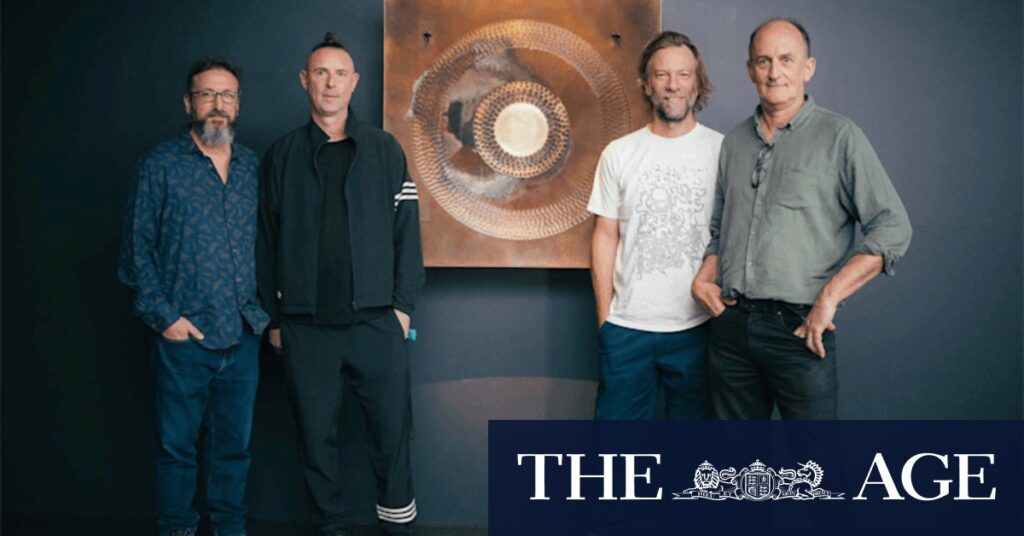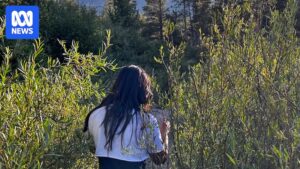
Perth, one of the world’s most isolated cities, has become an unlikely hub where art and science converge, raising profound ethical questions about the nature of life and sentience. At the forefront of this intersection is SymbioticA, a pioneering artistic laboratory embedded within the University of Western Australia’s School of Anatomy and Human Biology.
“We are in uncharted territory. These are not conversations that can be left just to scientists or corporations,” said Oron Catts, cofounder of SymbioticA. The lab, founded 25 years ago, has been a crucible for groundbreaking experiments that challenge the boundaries of what is possible—and acceptable—when it comes to manipulating life.
The Unsettling Art of Sentience
SymbioticA’s projects have ventured into realms previously confined to science fiction. A micro replica of Perth artist Stelarc’s ear, created using human and animal cells, exemplifies the lab’s audacious endeavors. In 2008, the lab exhibited a miniature jacket made from living mouse cells at New York’s Museum of Modern Art, which had to be “killed” as it grew too rapidly.
Dr. Stuart Hodgetts, a neuroscientist at UWA and a scientific advisor to SymbioticA, has been involved since the lab’s inception. “From the very beginning, the idea was to bring artists into the lab, to give them access to the actual living matter—not just representations of it—and to see what questions emerge,” Catts explained.
Art Meets Science in Global Venues
The lab’s influence extends far beyond Perth. Its work has been showcased in prestigious venues worldwide, including the Museum of Modern Art in New York, the Pompidou in Paris, and the National Art Museum of China in Beijing. One of the latest projects to spark debate is “Revivification” at the Art Gallery of Western Australia, where visitors encounter the living cells of late composer Alvin Lucier.
“It’s potentially confronting for people to think about, but it’s important to stimulate that discussion and the idea of agency beyond death,” said Catts.
Ethical Frontiers: Artificial Placentas and Beyond
SymbioticA co-founder Ionat Zurr is now exploring one of the most sensitive frontiers: artificial placentas. In collaboration with US Penn State University Arts professor Christine Millett, Zurr will host a workshop in Perth focusing on ectogenesis—the growth of an embryo outside the body in an artificial womb.
While this science could one day save extremely premature babies, it also opens a Pandora’s box of ethical questions. Could it free women from the burdens of pregnancy, or create new powers to control reproduction? Zurr warns that it could be a slippery slope from saving lives to deciding which womb, or mother, is “good enough” to house a baby.
“I don’t know what it means to a human to be born out of a machine. It’s a new frontier, and we have to tread carefully,” Zurr said.
Scientific Skepticism and Future Possibilities
Perth perinatology researcher Professor Matt Kemp, who works on extreme preterm survival, suggests that the science is far less advanced than many assume. “We are more likely to be on Mars before we see a baby born from an artificial placenta. But I could very well be wrong,” Kemp noted.
Global Implications and the Call for Regulation
The ethical questions raised by SymbioticA’s work have global implications. Last month, Catts organized the international Politics of the Machine conference in Perth, drawing speakers from around the world. One keynote speaker, neuroscientist Brett Kagan of Melbourne start-up Cortical Labs, echoed the sentiments of many researchers.
“We don’t understand enough to be making a call as scientists, let alone politicians or policymakers,” Kagan stated.
As the team behind the world’s first “bio computer,” Kagan and his colleagues have taught neurons to play the game Pong, raising about $10 million for their research. He argues that regulation at this stage could hinder progress, emphasizing the potential benefits, such as treating diseases.
Despite its global influence, SymbioticA often struggles for recognition at home. “Australia doesn’t really see art as important, which is frustrating, but it also gave us freedom,” Catts remarked. Meanwhile, European and American policymakers are beginning to debate whether cerebral organoids could one day be considered a form of legal personhood.
The Future of SymbioticA and Bioethics in Perth
SymbioticA is currently in what Catts calls “hibernation,” having closed at UWA in June 2024. However, discussions are underway with the Art Gallery of Western Australia to reopen next year. As Perth continues to be a focal point for bioethical discussions, the city’s artists and scientists remain at the cutting edge of this evolving field.
For those interested in staying informed about such groundbreaking developments, signing up for our Morning Edition newsletter ensures you start the day with a summary of the most important stories, analysis, and insights.







